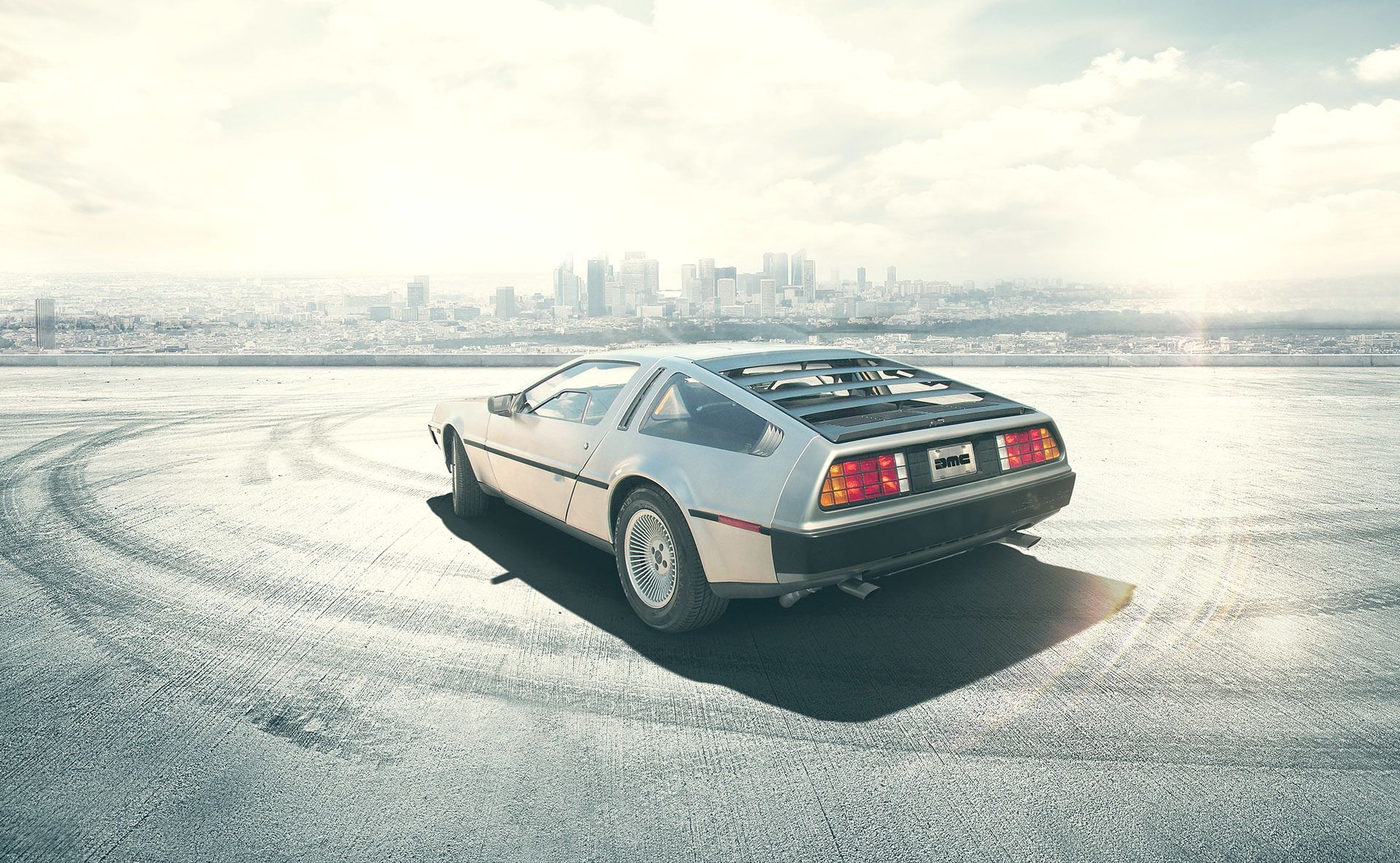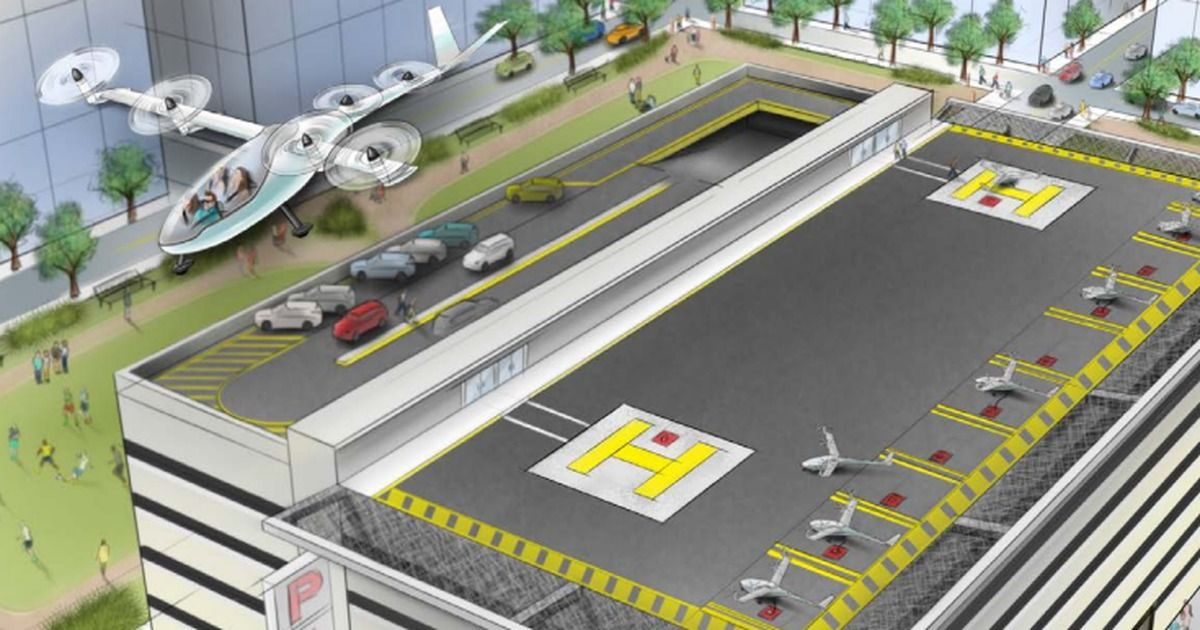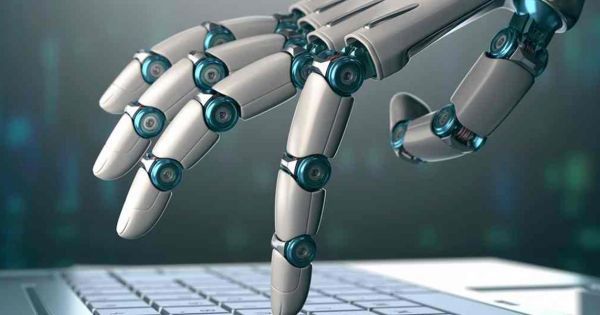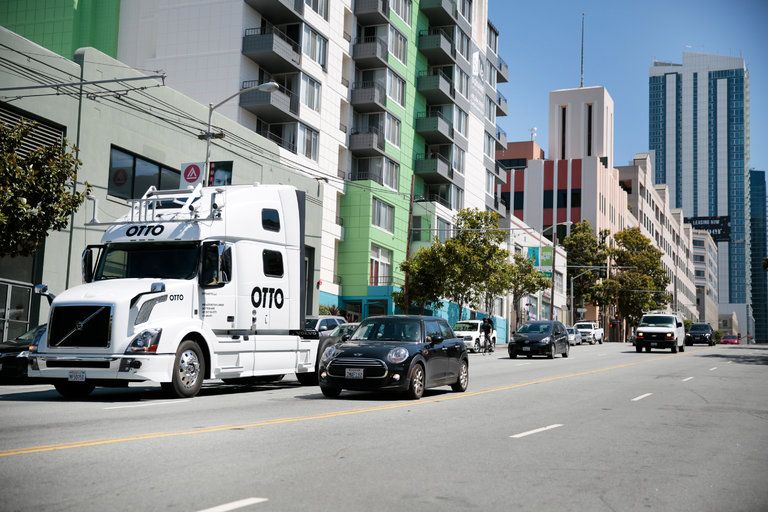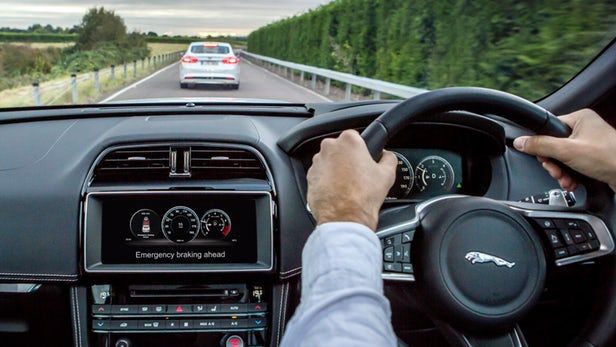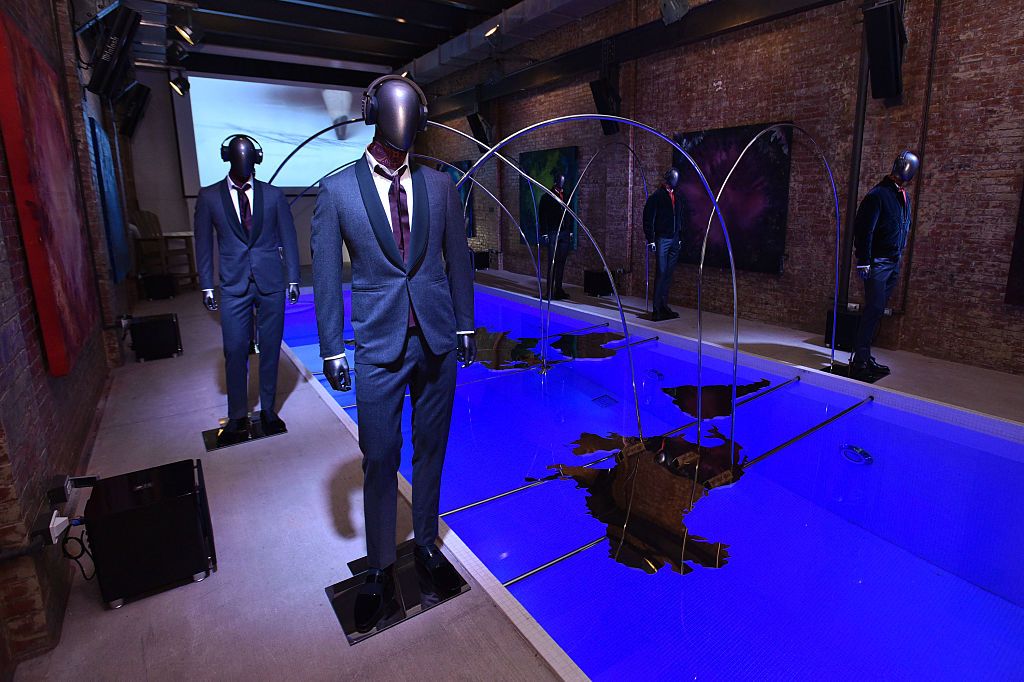On October 19 in 1982, John DeLorean, the man behind one of the most sought after cars ever made, was arrested with 55 pounds of cocaine worth $24 million.
However, what could have been the end for his DMC-12 was only the beginning of a journey that literally stood the test of time and 1985 brought this car _Back to the Future_.
Ten years later, in 1995, the new DeLorean Motor Company (DMC) started to restore and repair the originals using the leftover parts. They also streamlined designs based on the original engineering drawings. But these days, DMC is finally trying to produce new, but very familiar DMC-12s.
